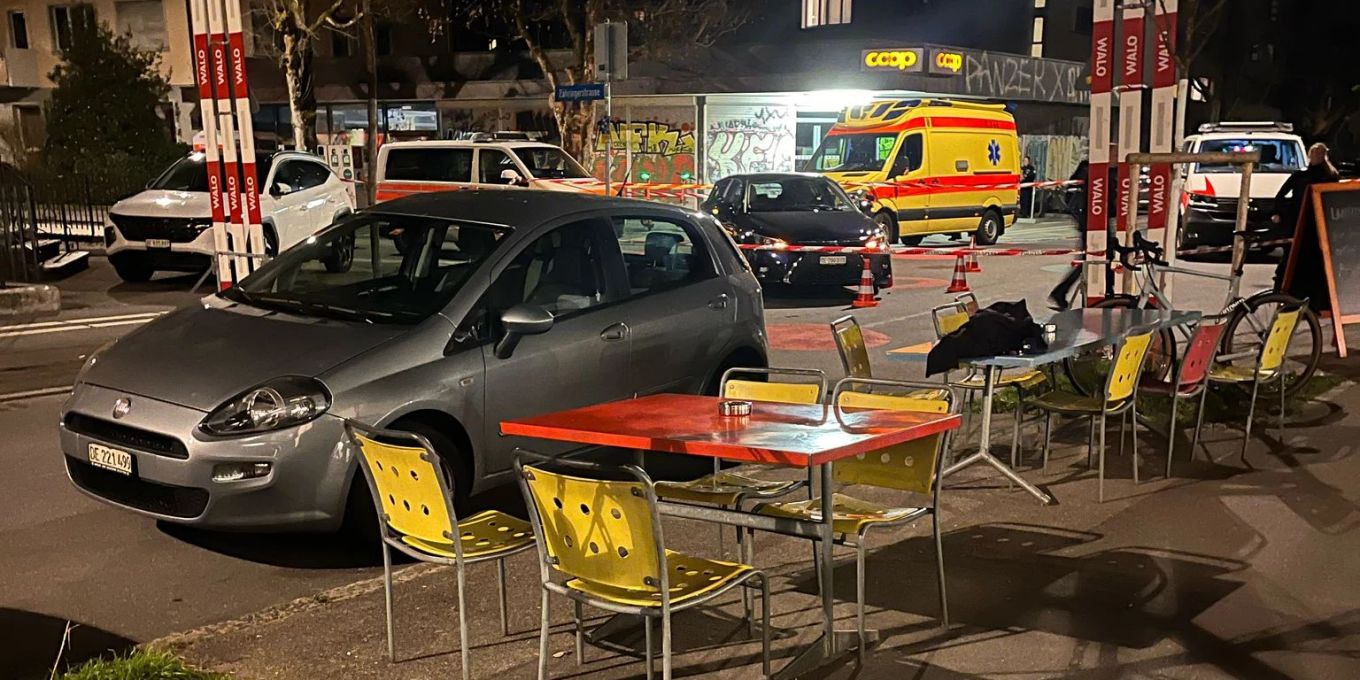Unrest in Berne: Police Chief's Silent Treatment Sparks Outrage
Berne, Switzerland – Recent civil unrest in the Swiss capital has ignited a firestorm of controversy, with the conspicuous silence of Police Chief, Inspector General Klaus Richter, becoming a focal point of public outrage. The lack of official communication following several nights of violent protests has left citizens feeling abandoned and questioning the city's leadership.
The Events Leading to the Outcry
The protests, initially sparked by proposed cuts to social services, quickly escalated into violent clashes between protestors and law enforcement. Images and videos circulating on social media depict significant property damage, injuries to both protestors and police, and a general atmosphere of chaos. However, amidst the turmoil, the absence of a clear, concise, and empathetic statement from Inspector General Richter has fueled public anger.
Key Events of the Unrest:
- Monday, October 23rd: Protests begin peacefully, but escalate later in the evening with clashes near the Bundeshaus (Swiss Parliament Building).
- Tuesday, October 24th: Further clashes, resulting in arrests and injuries. Reports of vandalism and looting emerge.
- Wednesday, October 25th: A tense calm prevails, but the city remains on edge. The Police Chief's continued silence deepens public concern.
- Thursday, October 26th: Pressure mounts on city officials to address the situation and release a statement.
The Silence Speaks Volumes
The lack of communication from the Police Chief has been interpreted in various ways. Some suggest it indicates a lack of control over the situation, while others believe it is a deliberate attempt to avoid further escalation. Regardless of the intention, the silence has created a vacuum filled with speculation and misinformation, further exacerbating the already tense atmosphere.
Criticisms of the Police Chief's Handling:
- Lack of Transparency: The absence of official updates leaves citizens reliant on unreliable social media for information.
- Missed Opportunity for De-escalation: A timely, reassuring statement from the Police Chief could have potentially calmed the situation.
- Erosion of Public Trust: The silence has damaged the public's confidence in the police force's ability to maintain order.
Calls for Accountability and Transparency
The city council is now facing immense pressure to demand a public statement from Inspector General Richter. Several prominent figures, including Mayor Ursula Wyss, have called for greater transparency and accountability from the police department. A formal investigation into the handling of the protests is expected to be launched in the coming days.
Demands from the Public:
- Immediate Public Statement: Citizens demand a clear explanation of events and a reassurance of their safety.
- Independent Investigation: Calls for an impartial review of police conduct during the protests.
- Improved Communication Strategy: Demand for a more proactive and transparent approach to future incidents.
The situation in Berne remains delicate. The Police Chief's continued silence is a major contributing factor to the ongoing tension. Whether this silence will eventually be broken, and how the city will move forward, remains to be seen. This developing story will be updated as more information becomes available. Stay tuned for further developments.
Keywords: Berne unrest, Swiss protests, Police Chief silence, Klaus Richter, civil unrest, Switzerland, social services cuts, public outrage, police brutality, government response, political instability, social media, protest violence, law enforcement, public safety, transparency, accountability.
Related Articles (Internal Links - Hypothetical examples):
External Links (Relevant News Sources):
- (Example only)
- (Example only)
(Note: This article uses hypothetical dates and names for illustrative purposes. Replace these with actual information when writing your final article.)
